Higher classification Geckos Rank Genus | Subphylum Vertebrata Suborder Gekkota Scientific name Hemidactylus Phylum Chordata | |
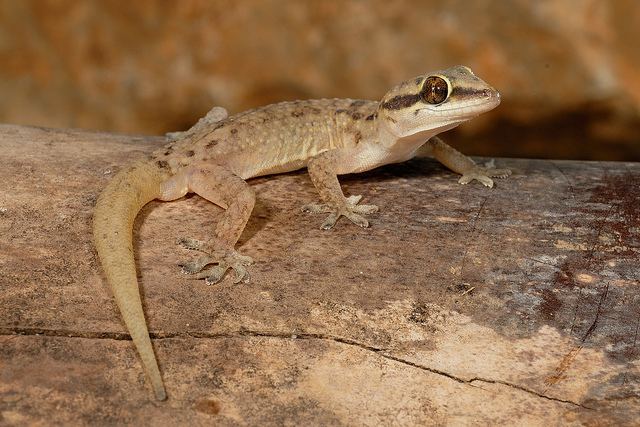 | ||
Lower classifications Common house gecko, Mediterranean house gecko, Tropical house gecko, Hemidactylus brookii, Hemidactylus flaviviridis | ||
Reptile noise hemidactylus original mix
Hemidactylus (the house geckos) is a genus of the family of common geckos, Gekkonidae. It has about 90 described species, newfound ones being described every few years. These geckos are found in all the tropical regions of the world, extending into the subtropical parts of Africa and Europe. They excel in colonizing oceanic islands by rafting on flotsam, and are for example found across most of Polynesia. In some archipelagoes, cryptic species complexes are found. Geckos like to live in and out of houses. They are introduced to Australia.
Contents
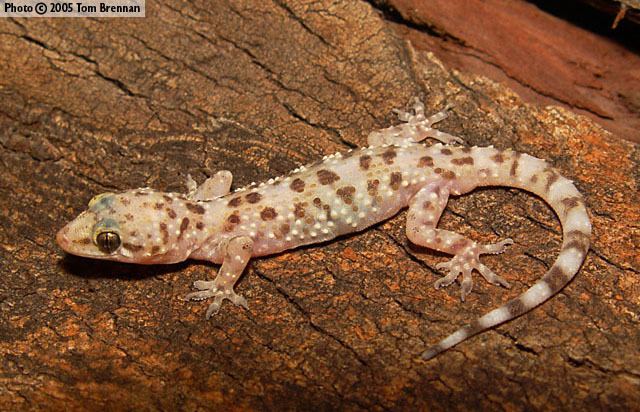
They are typically known as house geckos, due to their readiness to adapt to and coexist with humans. This genus was originally established by Lorenz Oken in 1817 for the species at that time known as Hemidactylus tuberculosus, and now described as the tropical house gecko (Hemidactylus mabouia).
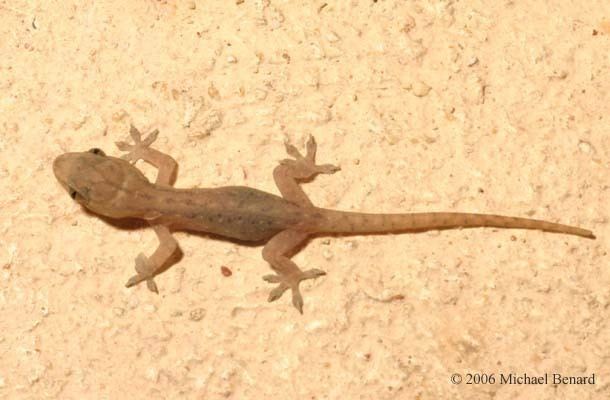
Hemidactylus triedrus 2
Feces
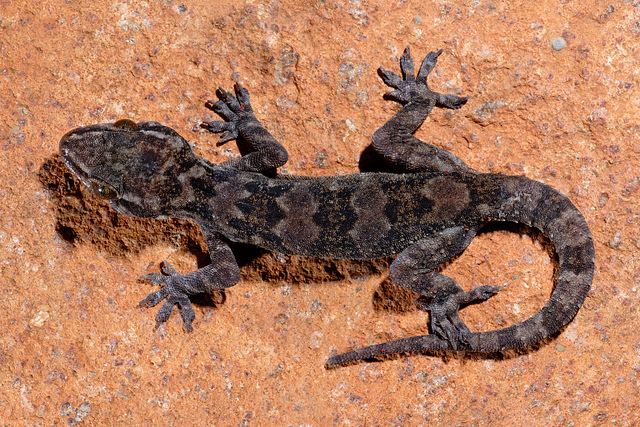
A house gecko will usually confine its excretions to one area of a house. This is sometimes considered a nuisance by home owners, and may stain certain surfaces. The feces are approximately five (5) millimeters in length, two (2) millimeters wide, and dark brown (almost black) in color.
Description
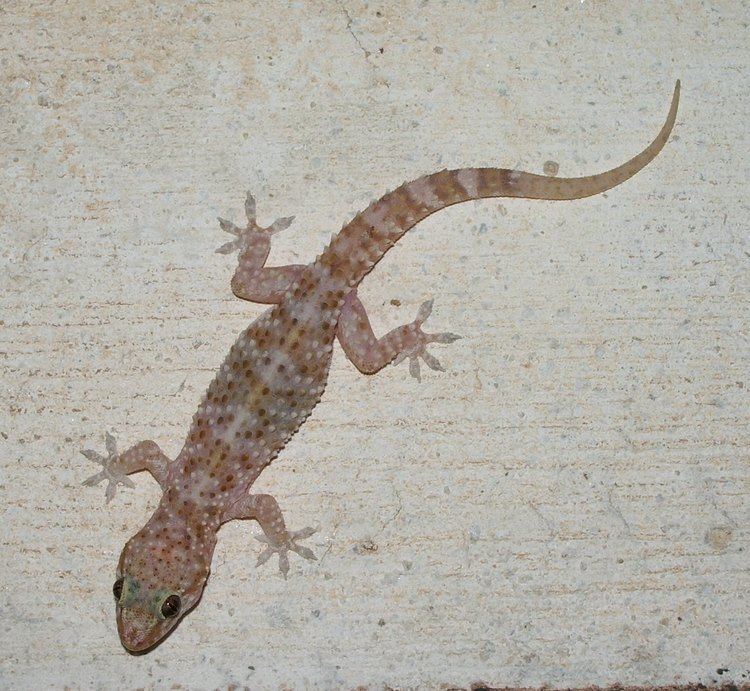
The dorsal lepidosis is either uniform or heterogeneous. The pupil of the eye is vertical. Males have pre-anal or femoral pores. Each finger or toe has a slender distal clawed joint, angularly bent and rising from within the extremity of the dilated portion.
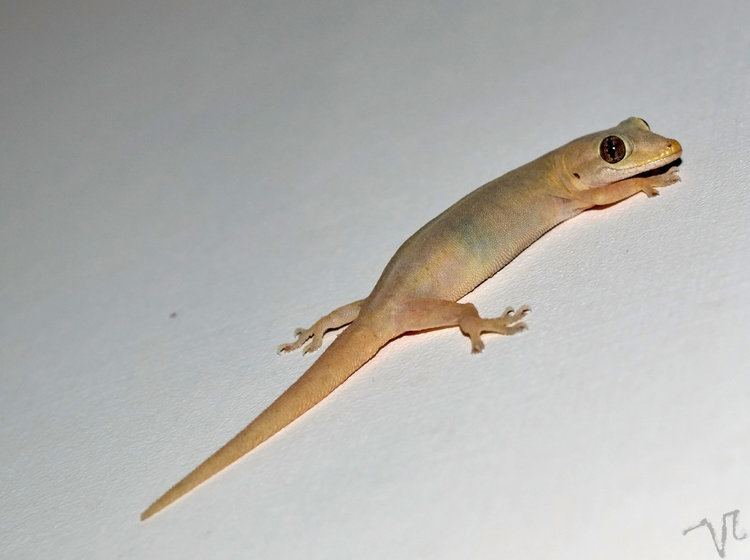
The fingers and toes are free, or more or less webbed, and dilated; underneath they bear two rows of lamellae in a pattern resembling a paripinnate compound leaf. This leads to their other and more ambiguous common name, "leaf-toed geckos", used mainly for species from South Asia and its surroundings to prevent confusion with the many "leaf-toed" Gekkota not in Hemidactylus.
Phylogeny
The following phylogeny is from Pyron, et. al (2013), and includes 47 Hemidactylus species. Hemidactylus is a sister group of Cyrtodactylus.
